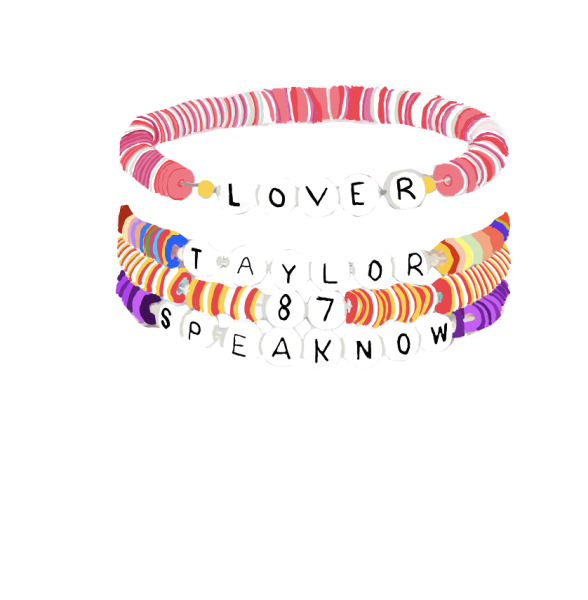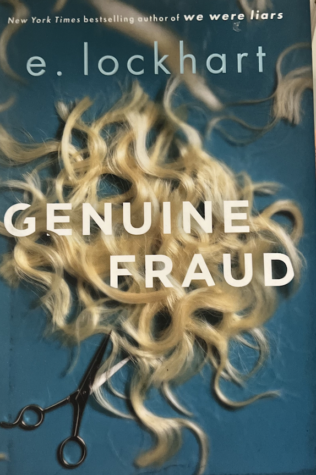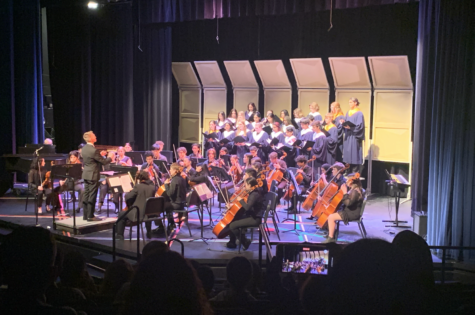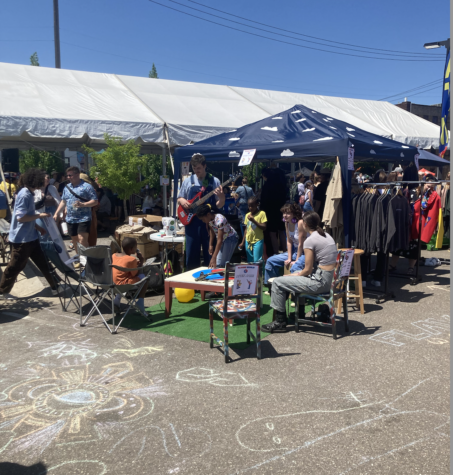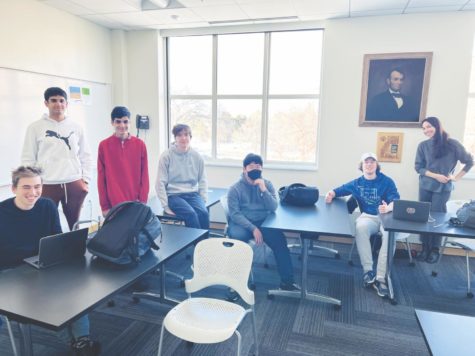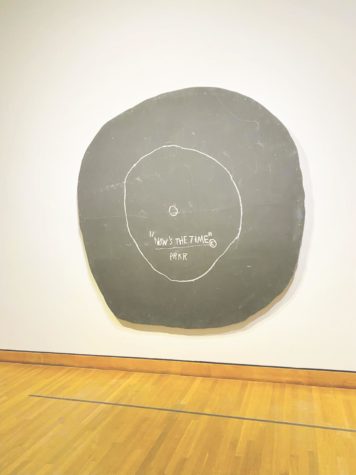Brian Sago Makes a Mark with Art

One of Sago’s prints
Art teacher Brian Sago’s summer has been all about transitions. Coming up from the Blake Middle School where he held a position as the visual arts teacher, he felt he should use the summer to prepare for his new role teaching photography and printmaking at the Uppers School. A talented printmaker himself, Sago journeyed down to Santa Fe, New Mexico to have a student experience in an unforgettable printmaking workshop.
For two weeks, he worked amidst what he described as a range of eccentrics and egos, many of whom had surprising things to offer from their years of experimentation in the printmaking field. He says, “[I was with] a collection of older people taking on these newer methods of printmaking. It shocked me that I was the youngest person there [by about 15 years], but I also learned a ton being surrounded by all of these experienced artists.” His exposure to new printing methods is helping him bring fresh projects infused with artistic inspiration from his workshop to Blake. In Santa Fe, he even learned how to dismantle, and essentially break, a $4000 Epson printer to send a plastic plate directly through it, as a method of making prints.
While Sago was a student for part of his summer, he also has been the leader behind an exciting project. Alongside his focus on printmaking, he is also in the process of writing a creative children’s book called Reptile Rodeo (a working title). Years ago, esteemed author Kate DiCamillo purchased two prints from his printmaking business. A corner of his website, hartleysago.com, takes viewers to a page called Children’s Books Not Yet Written. DiCamillo passed on his ideas to her agent and that’s pushed Sago to complete the book. “Looking back, it was fascinating that Kate DiCamillo didn’t contact me but contacted her agent,” he notes. Sago has been working on this book for six years, and although he is hoping to finish it within a few months, he states, “That could be a little ambitious. It might be a year before it’s finished.”
Of the hard work he’s poured into the project, he explains, “Children’s books are hard to write; you’ve got fewer words so you’ve got to choose the right ones.” Fortunately, he’s had some recent sources of inspiration step in. He affirms that the rural scenery of his printmaking workshop gave him a more in-depth idea of how to reflect important characteristics of the southwestern setting in his book illustrations. Sago also recently received feedback from a 9-year-old local boy he teaches who “was totally eloquent and had opinions about art.” They started talking about the book, and Sago remarks that he “had so much fun getting his opinions on the direction in which he thought the book should go.” The ability to receive input from someone who would be a potential audience member for the children’s book was especially rewarding. Jumping between the roles of teacher and student in different areas of his artistic practice is gearing up Sago for his work at the Upper School and beyond.
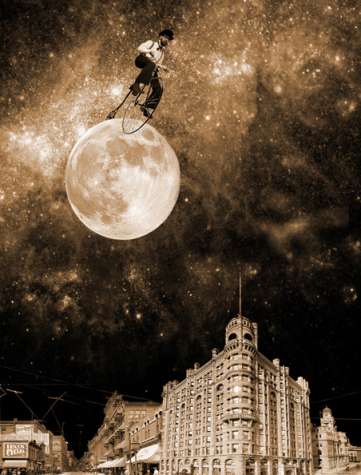
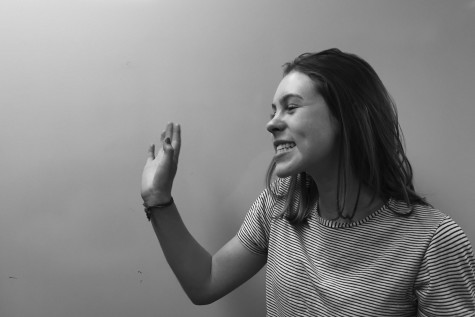
Anneliese is currently an Editor Emeritus. She has been an editor since the fall of her Sophomore year. Previously, Anneliese was the editor of Front...

